Essential Winter Hiking Gear: Stay Warm and Safe on the Trails
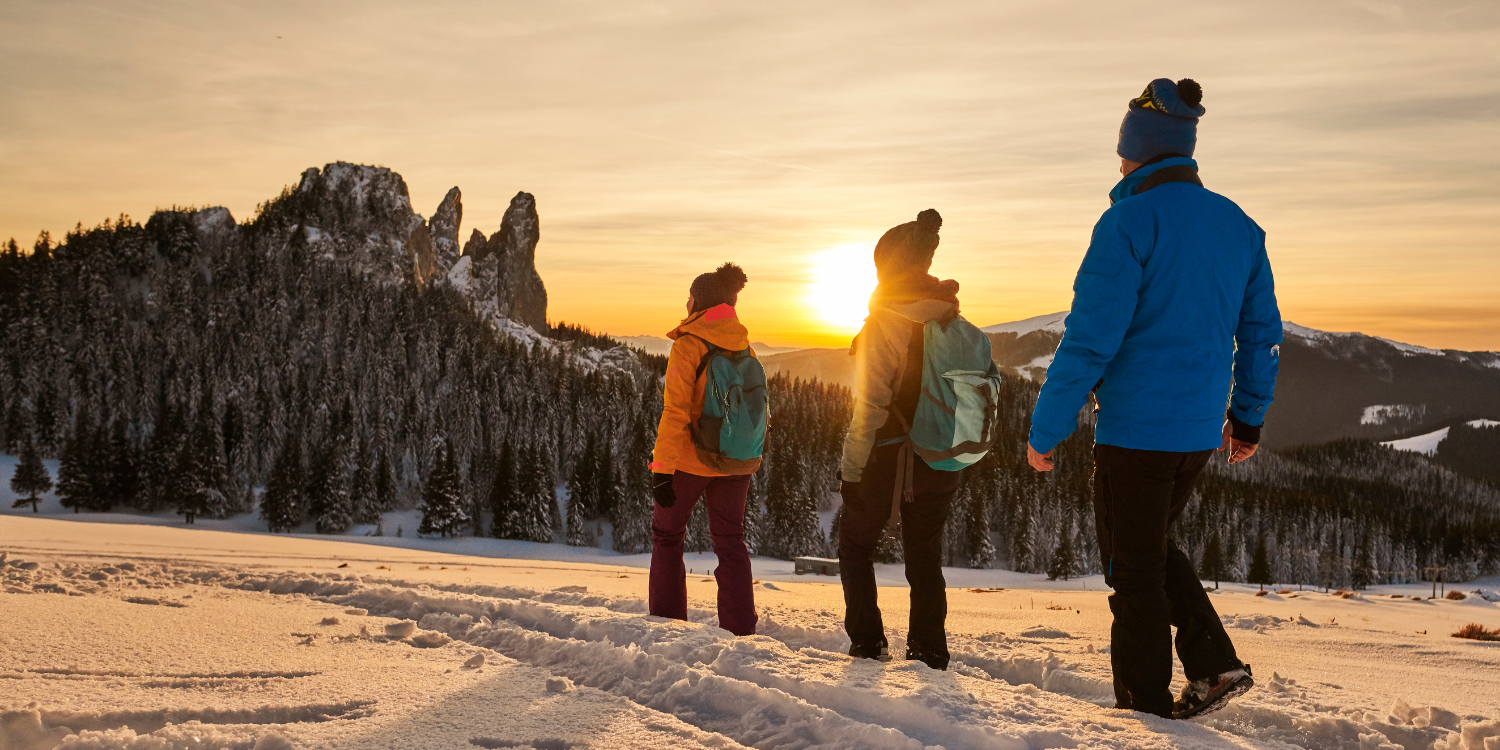
Winter hiking is a breathtaking adventure that allows you to experience the serene beauty of snow-covered landscapes. However, it's crucial to be well-prepared and equipped with the right gear to ensure a safe and enjoyable experience. In this article, we will explore essential winter hiking gear that will keep you warm, protected, and ready to conquer the trails during the colder months.
Winter Hiking Gear Essentials
1. Insulated Waterproof Boots
The foundation of any winter hiking gear setup is a sturdy pair of insulated waterproof boots. These boots should offer excellent insulation to keep your feet warm in frigid temperatures, while also providing waterproof protection against snow, slush, and moisture. Look for boots with a high ankle design for added stability and support on uneven terrain.
2. Layered Clothing System
A layered clothing system is essential to regulate your body temperature during winter hikes. Start with a moisture-wicking base layer that will keep sweat away from your skin, helping you stay dry and comfortable. Add a mid-layer for insulation, such as a fleece or down jacket, to trap body heat. Finally, top it off with a waterproof and windproof outer shell to protect against the elements.
3. Thermal Underwear
Investing in high-quality thermal underwear is crucial for maintaining warmth during winter hikes. Look for thermal tops and bottoms made from moisture-wicking and quick-drying materials that provide excellent insulation. Merino wool is a popular choice as it offers natural odor resistance and efficient moisture management.
4. Insulated Jacket
An insulated jacket is a must-have for winter hiking adventures. Opt for a down or synthetic-filled jacket that offers exceptional warmth-to-weight ratio, ensuring you stay cozy without feeling bulky. Look for features like a high collar, adjustable hood, and insulated pockets for added functionality and protection against cold winds.
5. Gloves and Mittens
Protecting your hands is crucial during winter hikes, as they are prone to frostbite and discomfort. Invest in a pair of high-quality gloves or mittens that offer excellent insulation and waterproofing. Consider gloves with touchscreen compatibility, allowing you to operate your devices without removing them in chilly conditions.
6. Headwear and Neck Gaiter
Retaining heat around your head and neck is vital in cold weather. Choose a beanie or a balaclava made from a warm, moisture-wicking material to keep your head insulated. Additionally, a versatile neck gaiter or scarf can provide extra warmth and protection.
7. Trekking Poles
Trekking poles provide stability and support during winter hikes, especially when traversing slippery or icy terrain. Look for adjustable poles with sturdy grips and snow baskets that prevent sinking into deep snow. Proper use of trekking poles can reduce strain on your knees and improve balance, making your hike safer and more comfortable.
Conclusion
Winter hiking can be a remarkable experience if you have the right gear. By investing in essential winter hiking gear like insulated waterproof boots, layered clothing, thermal underwear, gloves, headwear, and trekking poles, you can stay warm, protected, and ready to tackle the winter trails. Remember to choose high-quality gear that suits your needs and always check the weather conditions before heading out. Stay safe, embrace the beauty of winter, and enjoy your frosty adventures!
FAQs
What gear do I need to hike in the winter?
To hike in the winter, you'll need specific gear to keep you warm, safe, and comfortable. Here are some essential items to include in your winter hiking gear checklist: Insulated waterproof boots, Layered clothing system (base layer, mid-layer, and outer shell), Thermal underwear, Insulated jacket, Gloves or mittens, Headwear and neck gaiter, Trekking poles, Backpack with essentials (extra layers, snacks, water, navigation tools, first aid kit, etc.)
What temperature is too cold to hike in?
The answer to this question varies depending on personal preference, experience, and the gear you have. However, as a general guideline, if temperatures drop below -10°C (14°F) or if there are severe weather conditions such as blizzards or high wind chill factors, it is advisable to reconsider your hike. Always check the weather forecast and use your judgment to ensure your safety.
What do you wear hiking in 20 degrees?
When hiking in 20 degrees Fahrenheit (-6 degrees Celsius), it's essential to dress appropriately to stay warm. Here's a suggested clothing setup: Base layer: Moisture-wicking thermal top and bottoms. Mid-layer: Fleece or down jacket for insulation. Outer shell: Waterproof and windproof jacket and pants. Accessories: Insulated hat, gloves or mittens, thermal socks, and waterproof boots. Remember, adjust your clothing layers based on your activity level and personal comfort.
What are the three layers for winter hiking?
The three-layer system is a common approach to dressing for winter hiking. Here's a breakdown of each layer: Base Layer: This layer rests against your skin and should have moisture-wicking properties to keep you dry. Choose thermal tops and bottoms made of materials like merino wool or synthetic fabrics. Mid-Layer: The middle layer provides insulation and helps trap body heat. Fleece jackets or down-filled sweaters are popular options. Outer Shell: The outer layer shields you from wind, snow, and rain. It should be waterproof, breathable, and equipped with adjustable features. Look for winter hiking jackets and pants with sealed seams.
Tips on Hiking in Cold Weather:
- Check the weather forecast before heading out and be prepared for changing conditions.
- Layer your clothing to adjust your body temperature throughout the hike.
- Stay hydrated by drinking plenty of water, even if you don't feel thirsty.
- Protect your extremities by wearing proper gloves, hats, and socks.
- Use sunscreen to protect exposed skin from the sun's reflection on snow.
- Pack high-energy snacks to keep your body fueled and warm.
- Be cautious of icy or slippery surfaces and use trekking poles for stability.
- Inform someone about your hiking plans and expected return time.
- Consider hiking with a partner for safety and support.
Remember, safety should always be your top priority when hiking in cold weather.

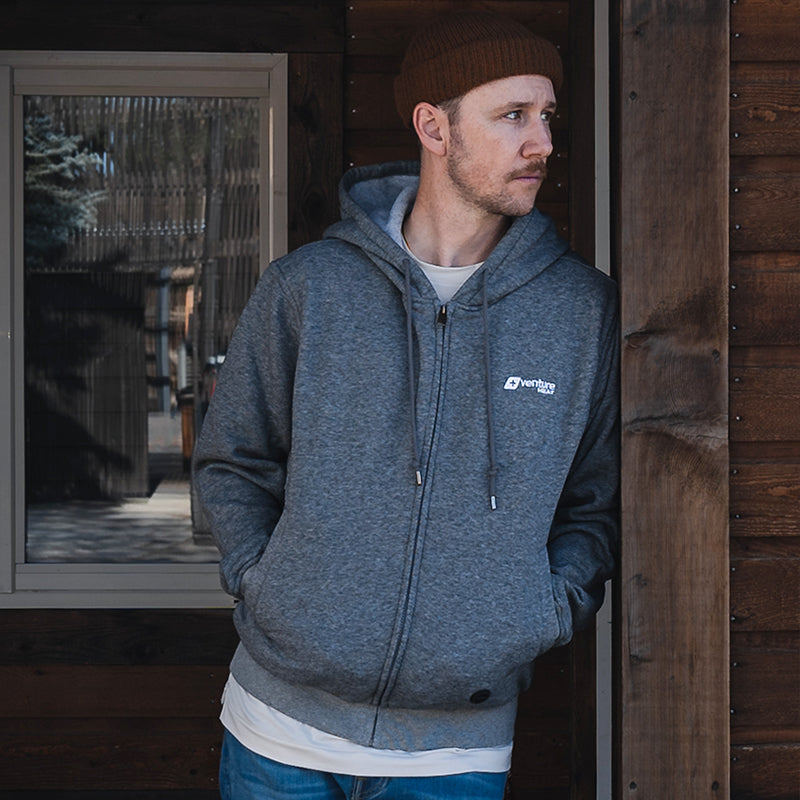
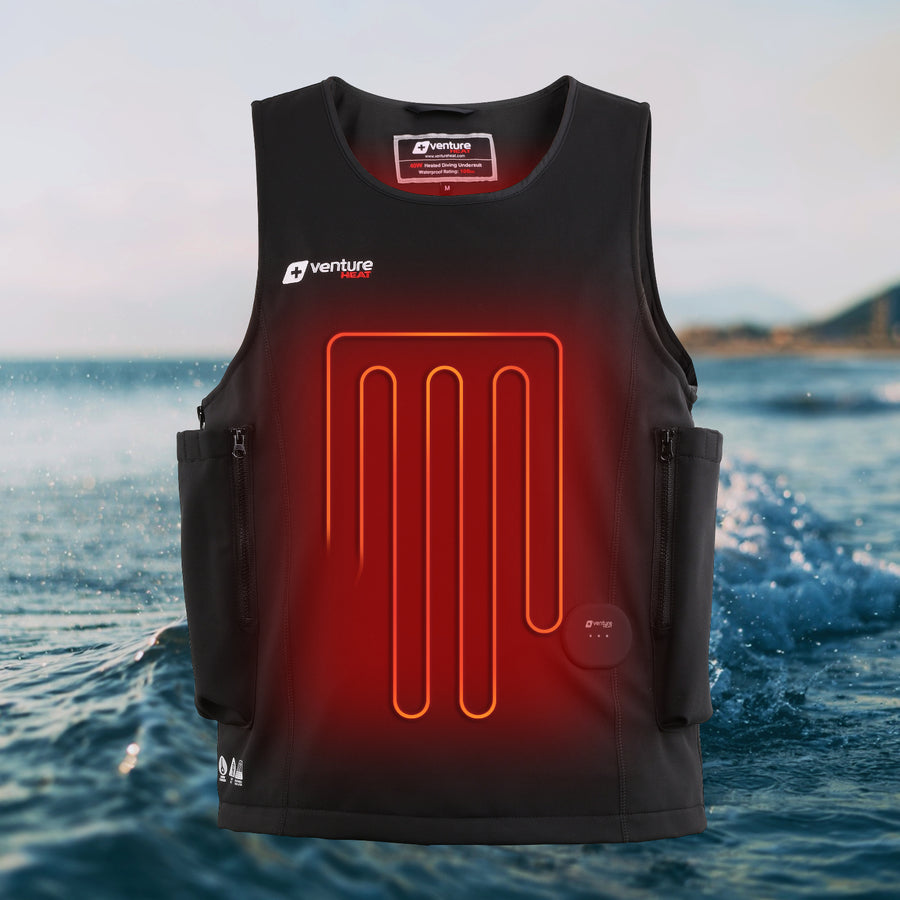
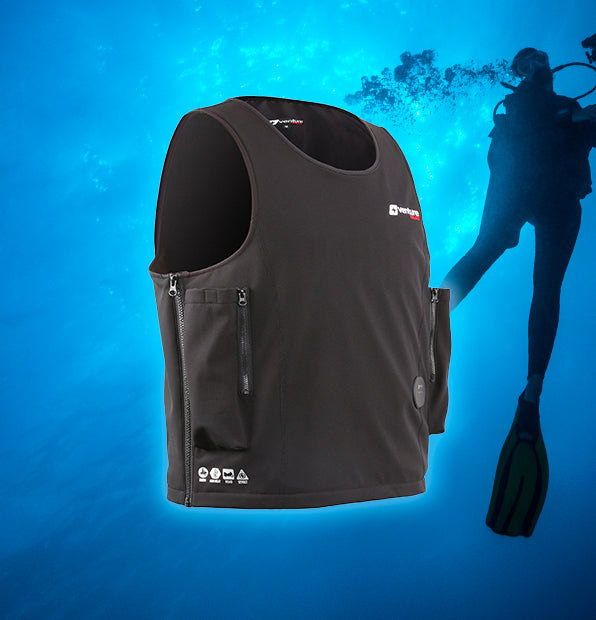




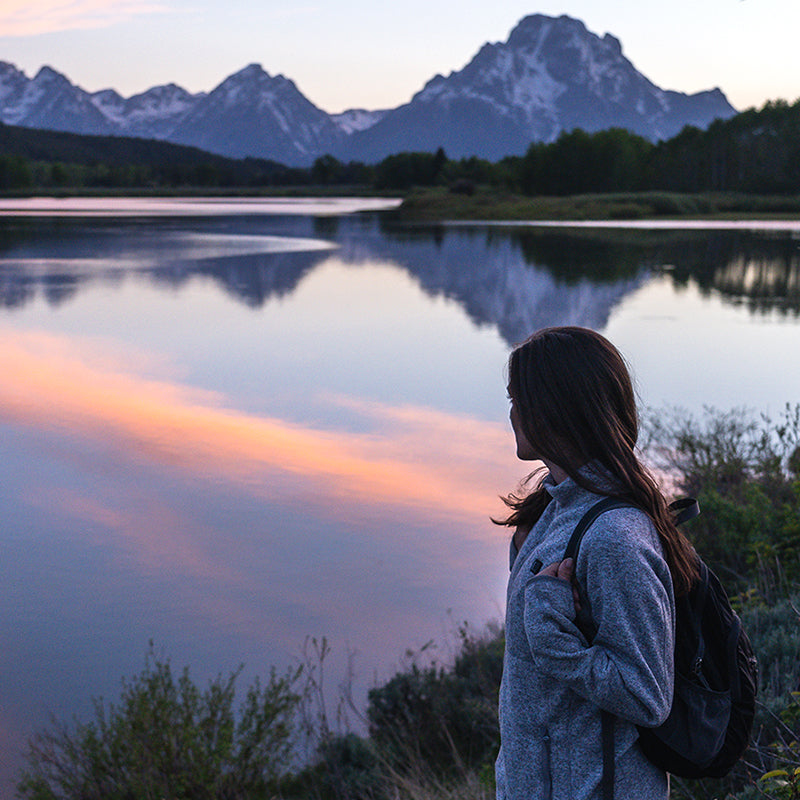

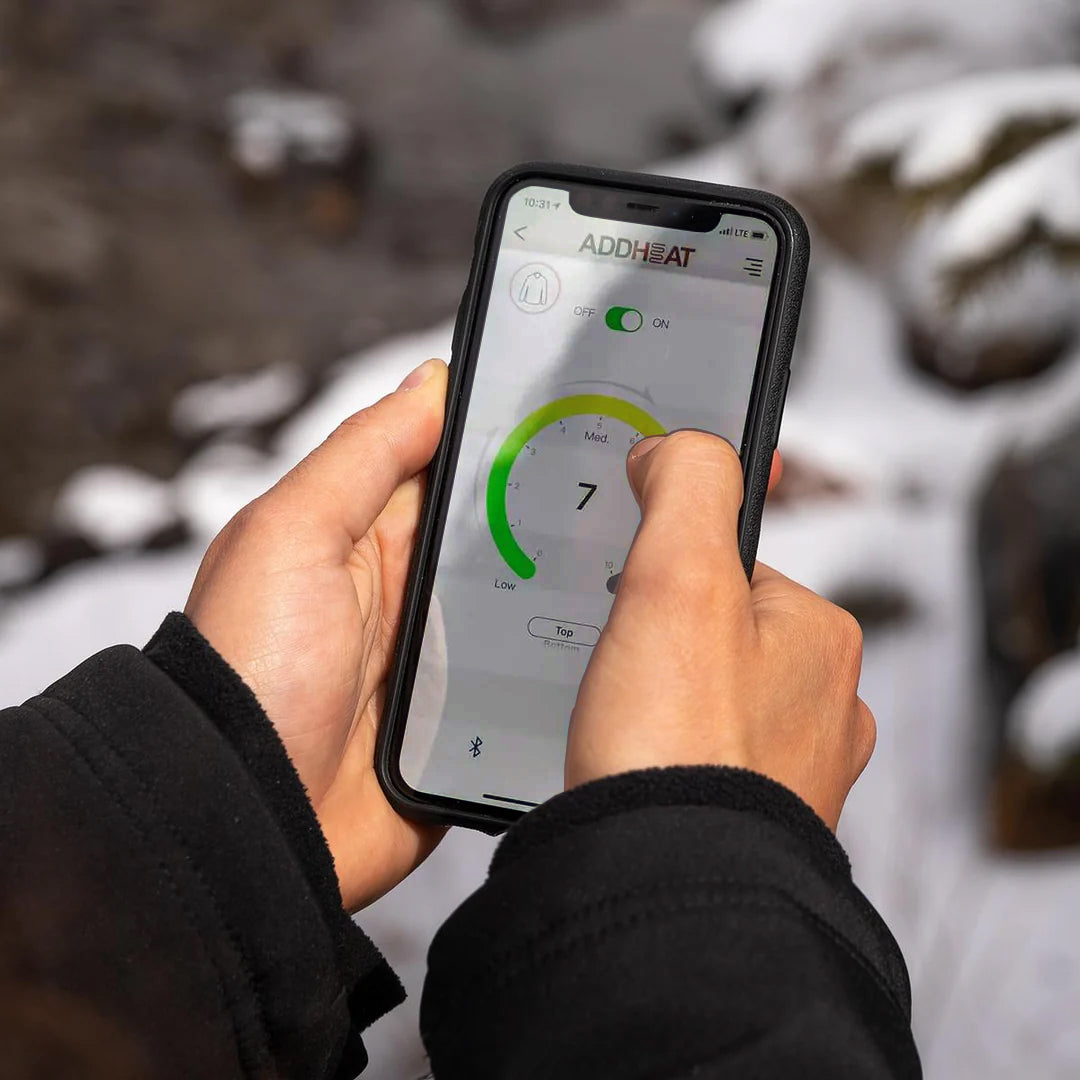
Leave a comment